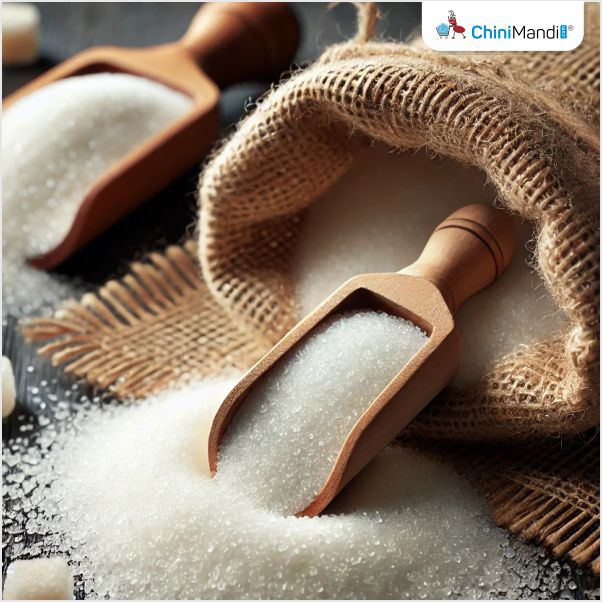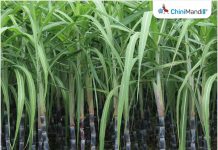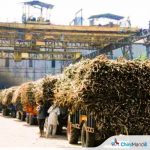The Philippines is on track to achieve self-sufficiency in sugar production within a few years if the industry can maintain its current output, according to the Department of Agriculture (DA).
Agriculture Secretary Francisco P. Tiu Laurel Jr. announced that recent data from the Sugar Regulatory Administration (SRA) shows raw sugar production has surpassed the 2-million-metric-ton mark for the first time since the 2020-2021 crop year. This figure significantly exceeds the initial projection of 1.7 million metric tons by 300,000 metric tons, equivalent to an additional six million bags of sugar.
“This steady increase in raw sugar production under this administration shows that there is potential we can hit production demand of 2.3 million metric tons given the right conditions and sustained support for the industry,” Secretary Tiu Laurel stated.
As of June 8, production had already reached 2.015 million metric tons, with “still a few weeks left of milling,” the DA chief added. This marks an improvement from the previous crop year’s output of 1.922 million metric tons, and the 2022-23 crop year’s 1.799 million metric tons, which was already a recovery from earlier disruptions caused by adverse weather and supply chain issues. The last time raw sugar production exceeded 2 million metric tons was in the 2020-2021 crop year, with a total of 2.14 million metric tons.
The continuous rise in production is attributed to several key factors. President Ferdinand Marcos Jr.’s approval to gradually shift the cropping calendar from August in 2022 to October 1 for the upcoming 2025 harvest is seen as crucial, as it aligns better with climatic conditions and cane maturity. Other contributing factors include improved soil productivity, better sugarcane varieties developed by the SRA, enhanced coordination among sugar producers, and stronger government support, including the timely distribution of fertilizers and farm mechanization programs. “We’re working closely with farmers, millers, and other stakeholders to ensure that this upward trend continues,” Tiu Laurel emphasized.
Secretary Tiu Laurel reiterated President Marcos Jr.’s vision to revitalize the sugar industry, aiming to increase farm yields and eventually position the Philippines as a major global supplier of sugar. “We are on the right track to achieve this,” he affirmed.
He further noted that reforms in sugarcane farm management and expanded block farming efforts are leading to higher cane yields and improved efficiency at the mills. The DA chief has also instructed SRA administrator Pablo Luis Azcona to continue enhancing cane varieties by seeking out better planting materials and to swiftly control the spread of red-striped soft scale insects to sustain the production increase.
Administrator Azcona credited the rising raw sugar production to the interventions implemented by the SRA on sugarcane farms nationwide.
“The government’s dedication under President Marcos and DA Secretary Tiu Laurel to improving sugarcane production is the most significant in the SRA’s history, and we are slowly seeing the positive results,” Azcona remarked. “We will continue to push for more improvements with soil enhancement, cane varieties, irrigation, and mechanization.”
The SRA chief also highlighted that the increased sugar output and stable sugarcane prices in recent years have benefited local farmers. He added, “Lower retail prices also help farmers as they are sugar consumers too.”
With the projected raw sugar production, Azcona concluded that the domestic supply of sugar will be sufficient to meet demand, ensuring stable retail prices for consumers.

















